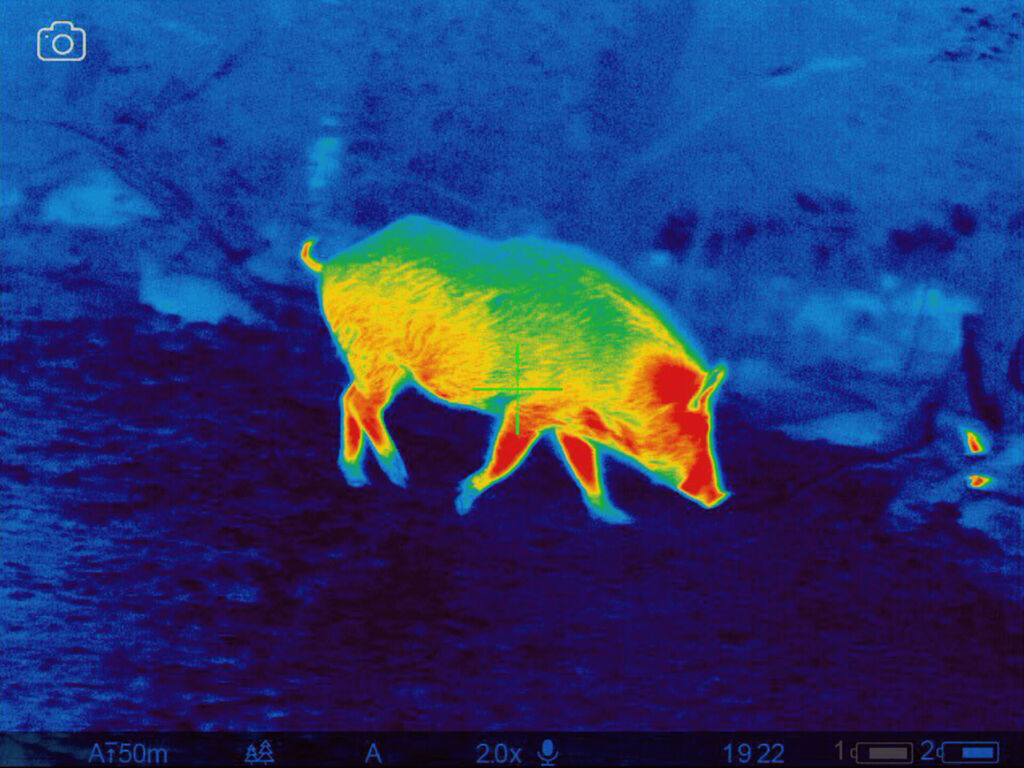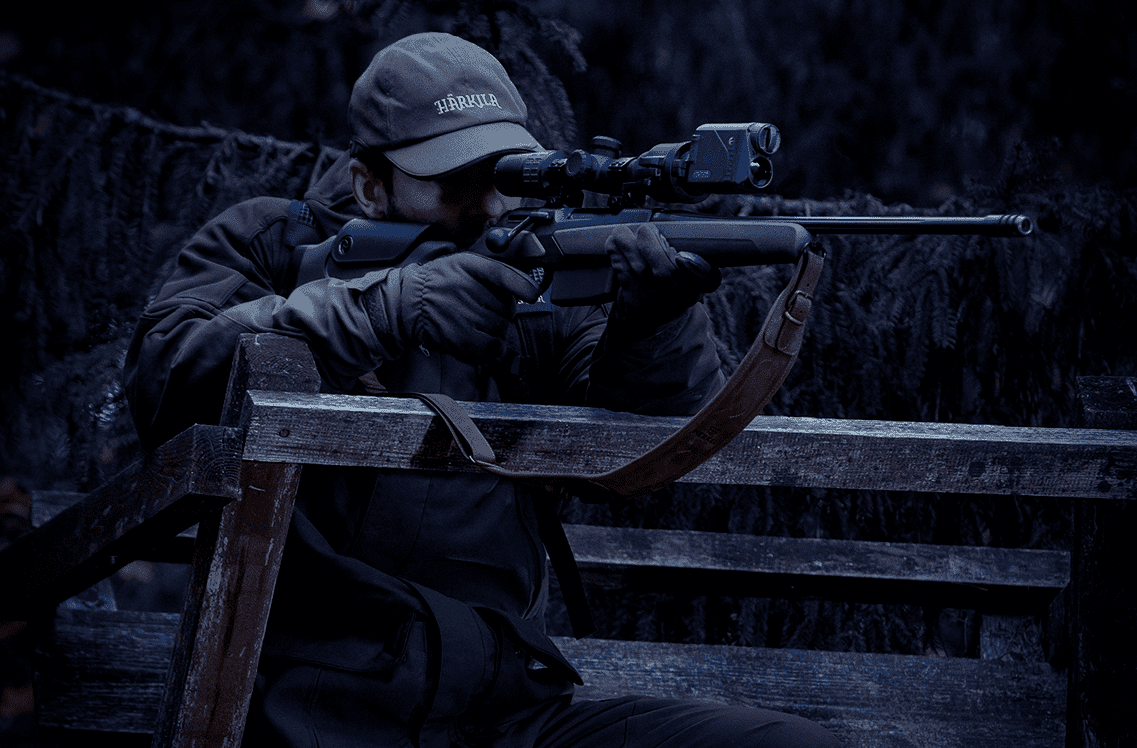Thermal And Night Vision Devices: Everything You Need To Know

Every object emits some amount of infrared
In simple terms, it is a process where infrared radiation that is invisible to humans (and animals) is converted into a visible image.
That amount is based on the heat of the object. And while the temperature of plants, ground, and other objects will be more or less the same as the air temperature, animals, on the other hand, emit more heat, and the amount of it differs depending on the body part. A thermal vision device picks up those heat signals and then converts them into an image.
You may wonder if a thermal night vision device is somehow different then. And well, we could basically say that there is no such thing as thermal night vision because thermal vision works both day and night. Or, if you look at it from a different perspective, every thermal vision device is also a night vision thermal device.
At Pulsar, we make various thermal vision (or thermal night vision, if you like this name better) devices for hunters and nature enthusiasts. These include:
- thermal vision scopes;
- rifle scopes;
- binoculars;
- attachments (or clip-ons) and so on.
A slightly off-topic note, but if you wish to find out how people use thermal (or night) vision in real life, you should head to The Journal – here, we continuously share interviews with our brand ambassadors who tell us their favorite uses and features of our products, among other exciting things.
For example, did you know that thermal vision can be used to count birds? Or that one friend of ours, when asked to test a device, literally took into a waterfall and then used it to observe a volcanic eruption? Seriously, there are pretty cool stories there.
Our Best Thermal Imaging Riflescopes
Learn MoreBut back to you, okay? If you are a hunter, a thermal vision rifle scope might be the best choice for you, as it offers full functionality and allows you to see a thermal image without carrying additional devices.
That being said, if you want a device for observation only, a monocular or binocular would be a better choice. And if you already own some daytime optics you love and only wish to extend their use further, you should choose a thermal vision attachment.
We also make digital night vision devices which work slightly differently. Still very much relying on infrared radiation, they produce a digital image (usually in black and white) and require some source of light – sometimes, the moon can be sufficient, and other times they will use an invisible infrared illuminator based on either a laser diode or LED.
Unlike analogue night vision devices, the digital ones allow the user to customize the settings quite a bit, making it easier to get a quality image. Also, even though it’s not recommended to use most digital night vision devices during the daytime, they will not get damaged, which would happen if you exposed an analogue device to an intense source of light.

In the range of night vision devices, you will find digital rifle scopes, monoculars, and add-ons.
The add-on is for you if you are looking for night vision for scope – if you already own a scope you like and wish to turn it into a night vision device, you will simply need to add a little attachment, and you’re all set.
A night vision gun scope is the same as a night vision rifle scope – a full-fledged device you add to your gun when getting ready for a night hunt.